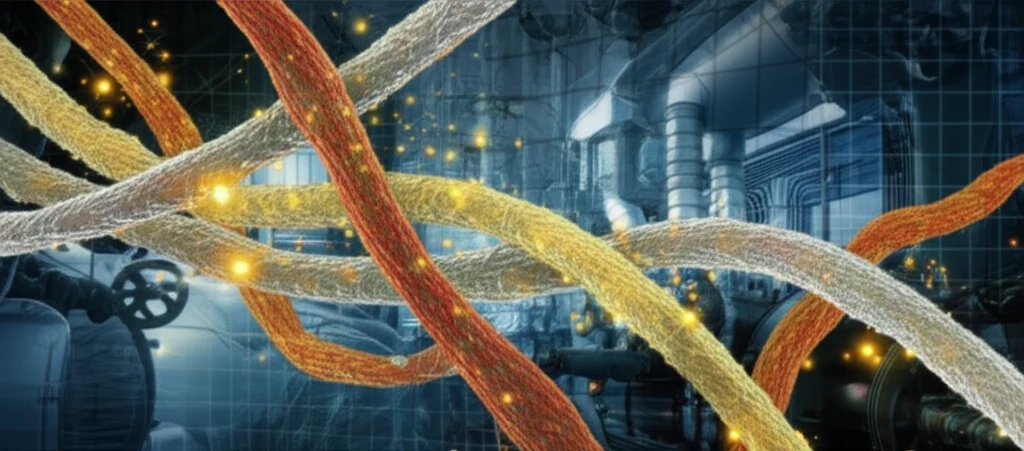
Enzyme Power: How Co-Cultures Can Boost Production of Laccase and Pectinase
"Discover the innovative EVOP-factorial design technique that enhances enzyme production using Trametes hirsuta and Phanerochaete sp."
In the world of industrial enzymes, laccase and pectinase stand out as key players. These enzymes are vital for various applications, from food processing to environmental cleanup. Traditionally, producing these enzymes involves separate processes, which can be time-consuming and expensive.
But what if there was a way to produce both enzymes simultaneously, cutting down on costs and boosting efficiency? Researchers have been exploring the potential of using mixed fungal cultures—specifically, co-culturing Trametes hirsuta and Phanerochaete sp.—to achieve this. This approach aims to optimize the production of both laccase and pectinase in a single process, making it more attractive for industrial applications.
This article delves into a study that explores the use of the EVOP (Evolutionary Operation) factorial design technique to enhance the co-production of laccase and pectinase. By carefully manipulating factors like pH, temperature, and substrate ratios, scientists have discovered how to maximize enzyme yields, paving the way for more sustainable and economical industrial practices.
Why Co-Culture and EVOP-Factorial Design Are Game Changers?

The study focuses on solid-state fermentation (SSF), a process where microorganisms grow on solid materials in the absence of free-flowing water. This method is particularly suitable for enzyme production because it mimics the natural environment of many fungi and is cost-effective.
- pH Levels: Finding the perfect acidity for enzyme activity.
- Incubation Temperature: Determining the ideal heat for fungal growth.
- Substrate Ratio: Balancing the mix of wheat bran, pulse husk, and mustard peel to feed the fungi.
The Future of Enzyme Production
The successful co-production of laccase and pectinase using the EVOP-factorial design technique marks a significant step forward in enzyme biotechnology. By optimizing conditions for multiple enzymes in a single process, this approach promises to reduce costs, increase efficiency, and promote more sustainable industrial practices. As industries increasingly seek eco-friendly and economical solutions, innovations like these will play a crucial role in shaping the future of enzyme production.
